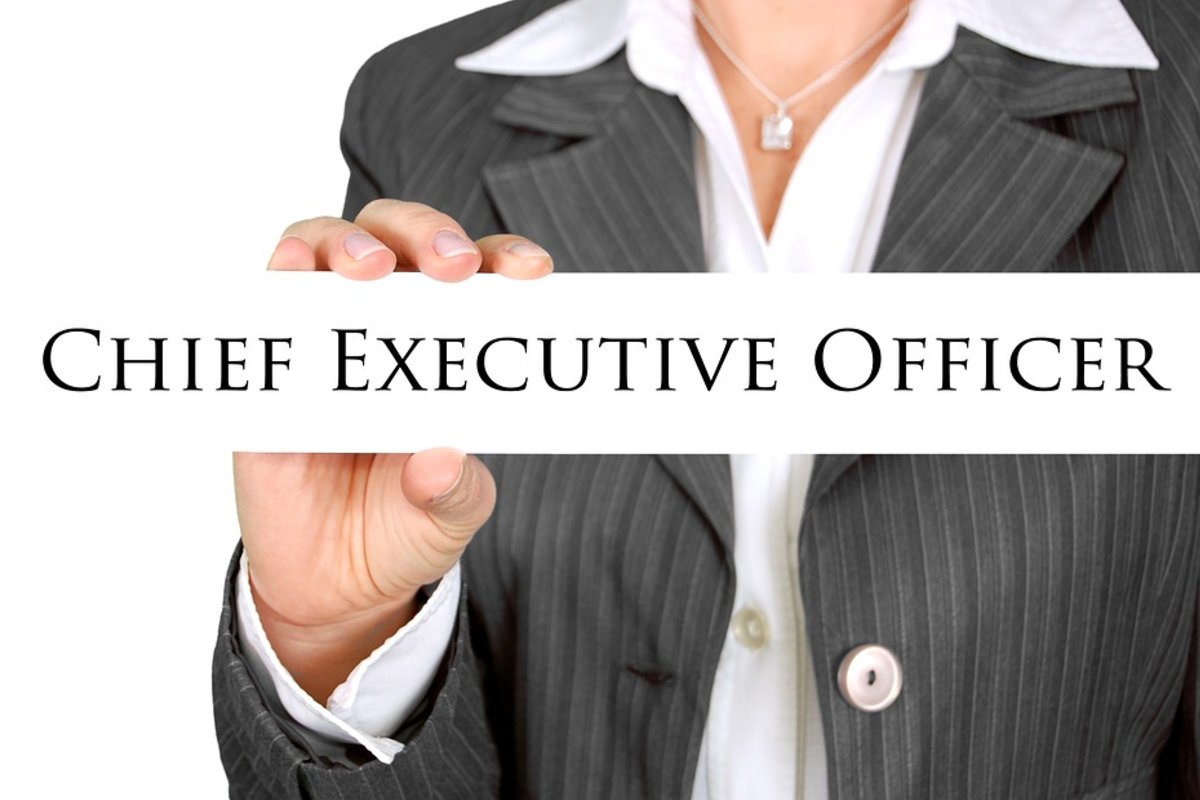Economy
CEO Departure Rate Highest in 17 Years. What This Says About the Economy

(Bloomberg Opinion) –The past few months have seen CEOs departing companies at a record clip — faster than any point in the past 17 years. These include the embattled executives heading up WeWork and Juul, making it seem as though there must be some kind of collective housecleaning taking place in corporate America.
That’s not the case. The evidence suggests that, a few high-profile exceptions notwithstanding, CEOs are leaving voluntarily. And this should command our attention: Historical patterns indicate that when we see this rate of turnover, the economic expansion is almost certainly in its final inning.
Read: The Way Out for a World Economy Hooked On Debt? More Debt
CEO turnover doesn’t hold constant over time. It ebbs and flows rather dramatically. In periods of peak turnover, as much as 20% of all executives leave per year; the troughs are as low as 8% or 9%.
It’s tempting to think that this pattern must have something to do with the business cycle. In other words, when the economy goes south, profits nosedive, investors squawk and the poor schlub in the C-suite gets the boot. But that’s not what happens at all. In fact, it’s the precise opposite: Turnover rates closely track the larger economy.
Grab the Golden Parachute and Jump
In other words, the employment rate for the nation’s business leaders is actually the opposite of ordinary employees. As the economy booms, CEOs leave their jobs at ever-increasing rates precisely as workers are moving with greater frequency into newly opened positions within these same companies. The more the economy booms, the more CEOs seem inclined to retire.
The correlation between CEO turnover and gross domestic product is robust. One of the first studies to investigate this phenomenon found a correlation coefficient for GDP and CEO turnover of .818. Other studies have corroborated this effect, with comparable levels of correlation between GDP and turnover.
Read: Nomura names Kentaro Okuda as new CEO
Two researchers — Jack Liebersohn of Ohio State and Heidi Packard of the University of Michigan — tracked the relationship between GDP and turnover for S&P 1500 companies from 1993 to 2012. In 2009, when growth was -2.8%, only 11% of CEOs left. In 1999, when GDP was humming along at 4.7%, 20% of CEOs in these companies departed.
This correlation dwarfs other, more conventional explanations for the timing of CEO departures. Yes, some executives are fired for poor performance. But not many: A separate study found that moving from the 10th to the 90th percentile of peer performance within a particular industry halves the likelihood of forced departure — but only from 4% to 2%, though other studies have put the spread slightly higher.
Either way, though, the vast majority of CEO turnover is voluntary. That raises the question, then, of why executives choose to depart when they do. And that’s where things get really interesting.
Read: Oman Vision 2040: Defining Future Goals
One explanation is that CEOs, who have a bird’s eye view of the economy, prudently go out at the very top of the business cycle. It’s always better to leave on a high note, and leave the ugly business of layoffs, closures and other hard decisions to the chump who takes the reins.
But that only goes so far. When Liebersohn and Packard dug deeper into the data, they found that older, retirement-age executives composed the majority of voluntary departures. In particular, they found that each percentage point in GDP growth raises the likelihood that an older CEO would retire by 1.2% relative to younger executives.
Why? Because when the economy booms, so does executive compensation. Most executives have supplemental executive retirement plans, or SERPs. Like conventional pensions, these are typically pegged to recent levels of compensation. CEOs who time their retirements right maximize their money.
So as an expansion gathers steam, there are growing incentives for retirement-age executives to pull the ripcords on their golden parachutes. In each business cycle, these retirements eventually peak just as the boom comes to an end. Then, as the downturn finally hits, retirement numbers plummet, often drastically.
Which brings us to the latest retirement figures. In October, 172 CEOs departed, up from 151 in September. As long as this trend continues — in other words, the retirement figures keep rising — it’s likely the economic expansion has a bit more time left.
But if there’s a sudden drop in CEO retirements? It can mean only one thing: The witching hour has finally arrived.
-

 Magazines2 months ago
Magazines2 months agoOER – September 2025 Issue
-

 Alamaliktistaad Magazines1 month ago
Alamaliktistaad Magazines1 month agoAlam Al Iktisaad – September 2025 Edition
-

 News1 month ago
News1 month agoKitchenomiKs Secures Investment of US$3.2M Led by Jasoor Ventures
-

 News2 months ago
News2 months agoCent Capital, AI Finance App by ex-AWS Strategist ‘The Beast of Bay Area,’ Launches to End Financial Anxiety, Hits $1M AUM
-

 News2 months ago
News2 months agoOman Inaugurates ‘Hadatha’ – Its All-New Cybersecurity Center
-

 Banking & Finance1 month ago
Banking & Finance1 month agoOman Arab Bank Highlights Its Ongoing Strategic Initiatives and Future Plans
-

 News1 month ago
News1 month agoIEA Expects Global Oil Market to Remain Oversupplied in 2026
-

 Energy1 month ago
Energy1 month agoWLGA Middle East LPG Summit & Expo 2025 to be held at OCEC on November 10 and 11






























